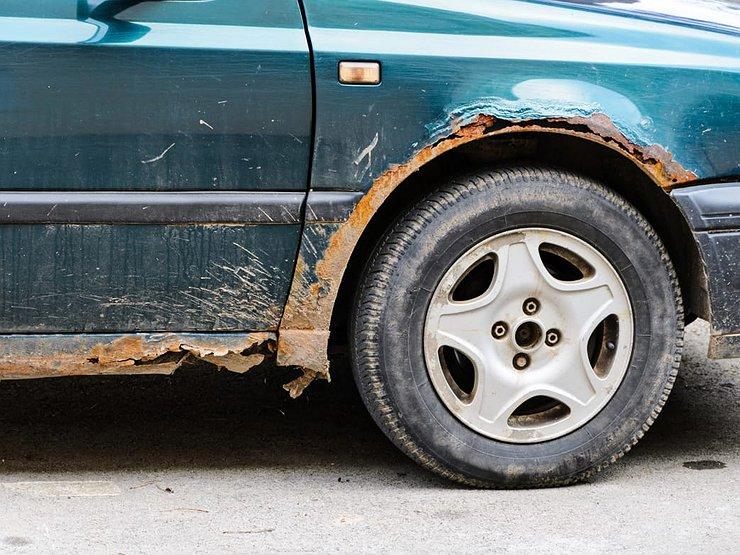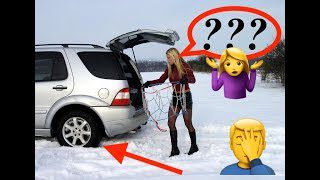
Chassis sounds - what causes them?
 What's knocking? What's knocking? What's buzzing? Questions like this often come from the lips of our motorists. Many have to contact the service center for an answer, where they are eagerly awaiting what the problem is and especially how much it will cost. However, more experienced technicians can at least pre-diagnose the problem and estimate the approximate cost of repairs. We offer you some tips so that even a less experienced motorist can estimate the cause of various sounds as accurately as possible and not depend on maintenance.
What's knocking? What's knocking? What's buzzing? Questions like this often come from the lips of our motorists. Many have to contact the service center for an answer, where they are eagerly awaiting what the problem is and especially how much it will cost. However, more experienced technicians can at least pre-diagnose the problem and estimate the approximate cost of repairs. We offer you some tips so that even a less experienced motorist can estimate the cause of various sounds as accurately as possible and not depend on maintenance.
The basis for correctly identifying the cause of various sounds heard from the chassis is carefully listening and evaluating the sound in question. This means focusing on when, where, with what intensity and what kind of sound it is.
When passing bumps, a rattling sound is heard from the front or rear axle. The reason is a worn stabilizer link pin. The stabilizer is designed to balance the forces acting on the wheels of one axle, and thus reduce unwanted vertical movements of the wheels, for example when cornering.

If you hear a distinct clicking sound when driving through bumps, a broken / broken spring may be the cause. Springs most often crack in the two bottom windings. Damage to the spring also manifests itself in excessive tilting of the vehicle when cornering.

If during the passage of irregularities strong shocks are heard (stronger than before or their intensity increases), the reason may be excessive wear of the silent blocks (silent blocks) of the front lever (s).
Rear axle knocking, combined with poor ride quality, is caused by excessive play in the rear axle bushings. Knocking occurs when passing irregularities and deteriorating driving performance (swimming), especially when there is a sharper change in direction of movement or a sharper turn.

When driving with the wheels turned to one side or the other (driving in a circle), the front wheels make a clicking sound. The reason is excessively worn out homokinetic joints of the right or left axle shaft.
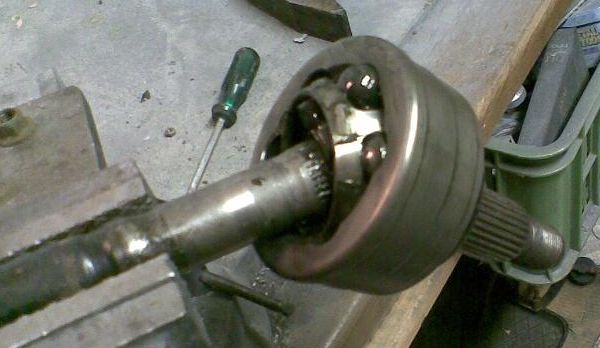
While driving, you will hear a monotonous humming sound that can change the height depending on the speed of the vehicle. The bearing is basically a worn wheel hub bearing. It is important to find out which wheel the sound is coming from. It often happens that when a wheel is heavily loaded with a worn bearing, the noise intensity decreases. An example would be faster cornering where there are loads such as the left wheels when turning right.

A noise similar to a worn bearing, which also contains humming and whistling components, causes uneven tire wear. This can be caused by excessive wear on the shock absorbers, axle suspension, or improper axle geometry.
Knocking or popping sounds that are heard when the steering wheel is turned to one side or the other may be caused by excessive play / wear in the steering rack.

Perceptible steering wheel vibrations during braking are caused by wavy / worn brake discs. Vibration in the steering wheel while driving is also the result of poor wheel balancing. Also during acceleration, they are the result of excessive wear on the homokinetic joints of the front axles.
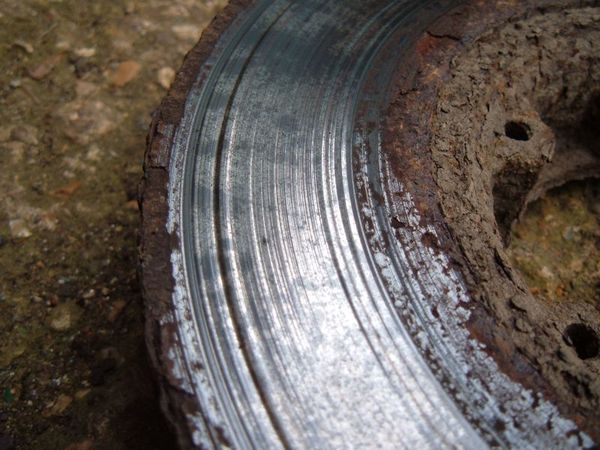
Vibrations in the handlebars, together with a feeling of play, especially when passing bumps, can indicate wear on the lower pivot (McPherson) or excessive wear on the ends (L + R) of the tie rod.
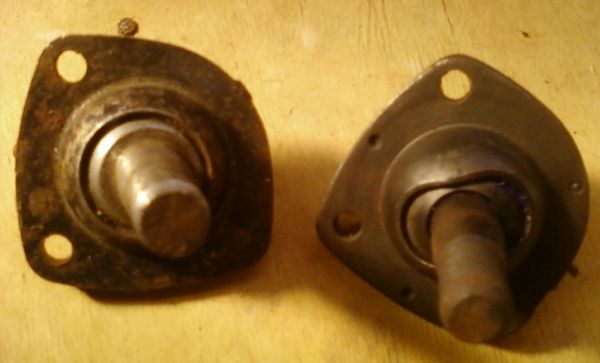
If you hear two, and sometimes three, bumps instead of one damper while driving through a slightly larger bump, the damper will be excessively worn. In this case, the undamped wheel bounces off the bumps and hits the road again. If the unevenness of the turn passes faster, the entire rear of the car can bounce even a few tens of centimeters. A worn shock absorber also manifests itself as more sensitive to side wind, increased body sway when changing direction, uneven tire tread wear, or longer braking distances, especially on uneven surfaces where a weakly damped wheel bounces unpleasantly.

If you have other knowledge about different sounds and related damage (wear) of chassis parts, write a comment in the discussion. This is due to the fact that often the sound due to certain wear / damage is characteristic only for a certain type of vehicle.

